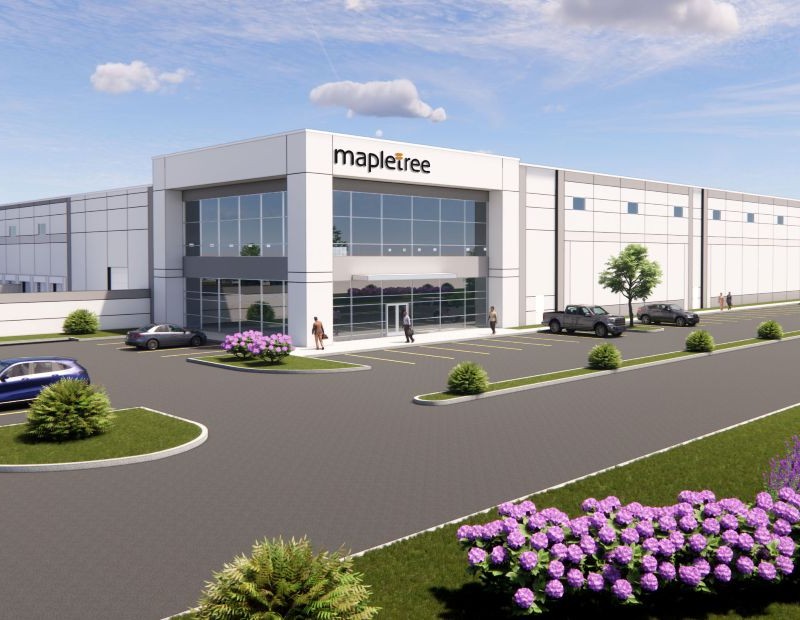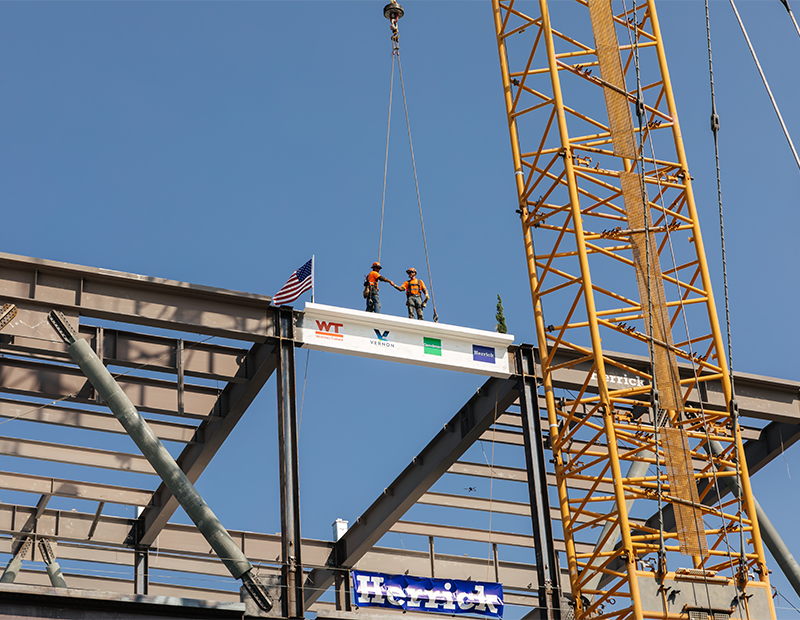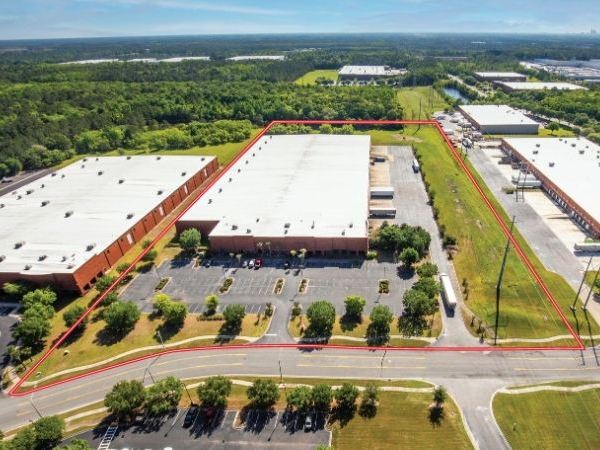Co-Living, Micro Units: Multifamily Real Estate Reimagined
The rents required to make high-end development viable keep climbing, so the industry is responding and adapting, explains Avison Young's Jay Maddox.

Jay Maddox. Photo courtesy of Avison Young
It’s no secret that disruptive forces are reshaping real estate, particularly in the rental housing sector, resulting in a range of new platforms such as micro-units and co-living. As these new platforms have rapidly gained popularity, commercial real estate lenders now find themselves in the position of adapting and responding.
How We Got Here
Housing affordability is under serious pressure, fueled by employment growth opportunities of the new digital economy, migration by Millennials and Gen-Xers to trendy urban infill areas, delayed household formation, the desire for a sense of community and the added pressures of student loan debt. The rents required to make new high-end construction projects pencil in highly desirable urban infill locations are increasingly out of reach for tenants. Developers first responded by building ‘micro units’ as small as 450 square feet in order to meet the burgeoning demand. Micro units are now widely accepted and this asset class has significantly outperformed other unit types.
The Co-Living Value Proposition
The new kid on the block is “co-living.” Similar to student housing, co-living tenants are willing to sacrifice some privacy for affordability, location, lifestyle and community. Co-living operators such as Common, Quarters and WeLive, have raised hundreds of millions in venture capital to acquire and manage thousands of co-living units. These operators long-term master lease a portion or all of an apartment building, and sublease rooms. Individual tenants lease a furnished bedroom within a two (or more) bedroom apartment, with a common living area and kitchen. The third party operator screens and prequalifies all tenants, maintains the building and common area, furnishes the units, pays utilities, and may provide cleaning and linen services. The rent is a fraction of the cost to rent an apartment in the same area, and the tenant avoids the out of pocket costs for furniture and appliances. And, if the roommate situation isn’t working out, a tenant can move to another apartment seamlessly.
Co-living enables the developer to “de-risk” its project while potentially earning outsized returns. It provides access a larger pool of renters than simply offering high-end luxury apartments, while mitigating or avoiding lease-up risk and related marketing costs. Revenue per square foot is maximized, and the net income from the master lease exceeds a conventional rental scenario as operating costs are limited to property taxes, insurance and maintaining the building shell. However, the developer typically has to demise the apartment units to a co-living-friendly design, which can cost more than standard apartments. In exchange, the master tenant will enter into a long term master lease, post a large deposit to secure its performance, provide all the FF&E, and manage the building.
New Challenges for Lenders
Theoretically, co-living de-risks a multifamily project for lenders. However, as a new asset class, for the most part lenders are underwriting projects to a conventional rental default scenario, in some cases requiring increased equity and/or replacement reserves. This is true both for construction loans and permanent loans. The rationale is that these new uses are unproven, and it is unclear whether co-living is a fad or here to stay. If the operator fails, the owner’s default scenario is to run the project as conventional apartments, meaning many units would likely need to be reconfigured to traditional units. Over time, as the business model proves successful, owners are hoping that lenders will look to credit quality behind the master lease and underwrite co-living projects as NNN leased investments as opposed to apartment assets.
Lenders don’t pick winners and losers, they just try to manage the risk.







You must be logged in to post a comment.